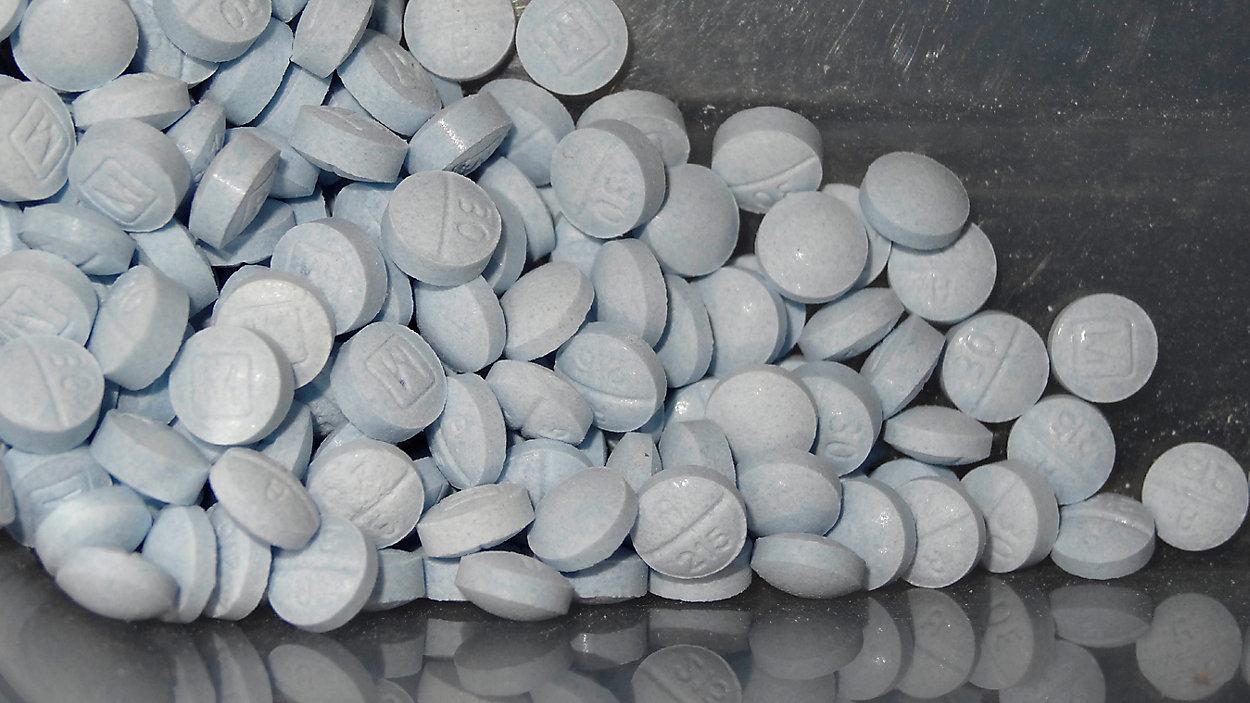Naloxone: An Important Tool in Combating the Opioid Crisis

The Opioid Epidemic in the United States
The United States is facing a public health crisis due to widespread misuse of prescription opioids and rise in opioid overdoses. According to the Centers for Disease Control and Prevention (CDC), more than 42,000 people died due to opioid overdose in 2016. Opioid overdose deaths have increased six-fold since 1999. The widespread availability of potent synthetic opioids such as fentanyl have further exacerbated the crisis. The economic burden of prescription opioid misuse alone is estimated to be $78.5 billion, including the costs of healthcare, lost productivity, addiction treatment, and criminal justice involvement.
What is Narcan?
Narcan is a life-saving medicine that can reverse the effects of an opioid overdose. It works by blocking the effects of opioids on the brain and restoring normal breathing within two to eight minutes. Naloxone has been used safely by medical professionals for more than 40 years to reverse life-threatening respiratory depression caused by opioid overdose. It has no potential for abuse as it has no effect on people who are not physically dependent on opioids. Narcan is available by prescription as an injection (Injectable Narcan, EVZIO) and a nasal spray (NARCAN Nasal Spray).
Increasing Access to Naloxone
Public health experts consider expanded access to narcan as a critical component of addressing the national opioid overdose crisis. Several states and municipalities have taken steps to increase the availability of narcan through community programs, first responder protocols, and co-prescription policies. Standalone narcan prescriptions and immunization protocols have allowed pharmacists in some states to prescribe and dispense narcan without an individual prescription. The Department of Health and Human Services has also set up initiatives to make narcan more accessible. However, barriers such as cost and lack of awareness remain obstacles in ensuring ubiquitous availability of this life-saving drug.
The opioid crisis ravaging communities nationwide poses an enormous health and economic burden. As overdoses have skyrocketed, expanding access to narcan has emerged as a promising public health strategy to prevent opioid overdose deaths. Increased availability has multiple benefits including cost savings from reducing overdose deaths and emergency department visits. However, there is still room for progress in addressing existing barriers and making naloxone as ubiquitous as AED devices in public spaces. Coordinated efforts to increase awareness, bring down drug prices, and remove socio-legal impediments can help optimize the lifesaving potential of this important medication.
Get more insights on Naloxone
- Art
- Causes
- Crafts
- Dance
- Drinks
- Film
- Fitness
- Food
- Игры
- Gardening
- Health
- Главная
- Literature
- Music
- Networking
- Другое
- Party
- Religion
- Shopping
- Sports
- Theater
- Wellness
- IT, Cloud, Software and Technology


